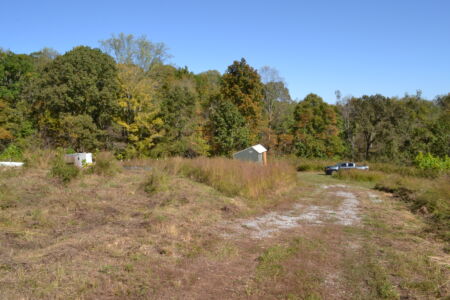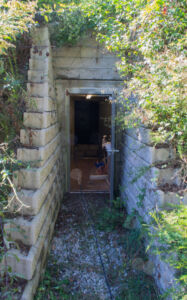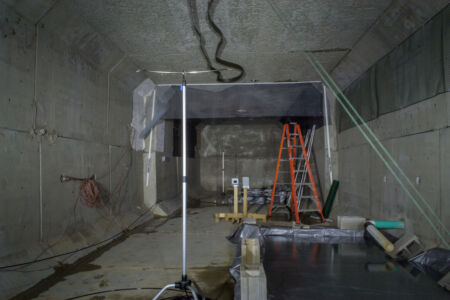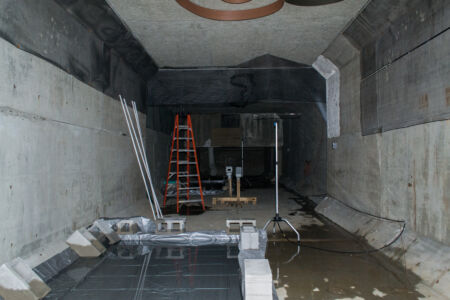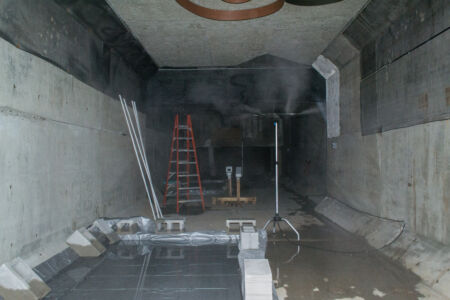In 2012, the Tennessee chapter of The Nature Conservancy constructed an 80-foot, underground artificial bat cave. This was to serve as a site for bat research in order to develop knowledge about bat white-nose syndrome and explore potential treatment methods to help increase survivorship among bats affected by this deadly disease.
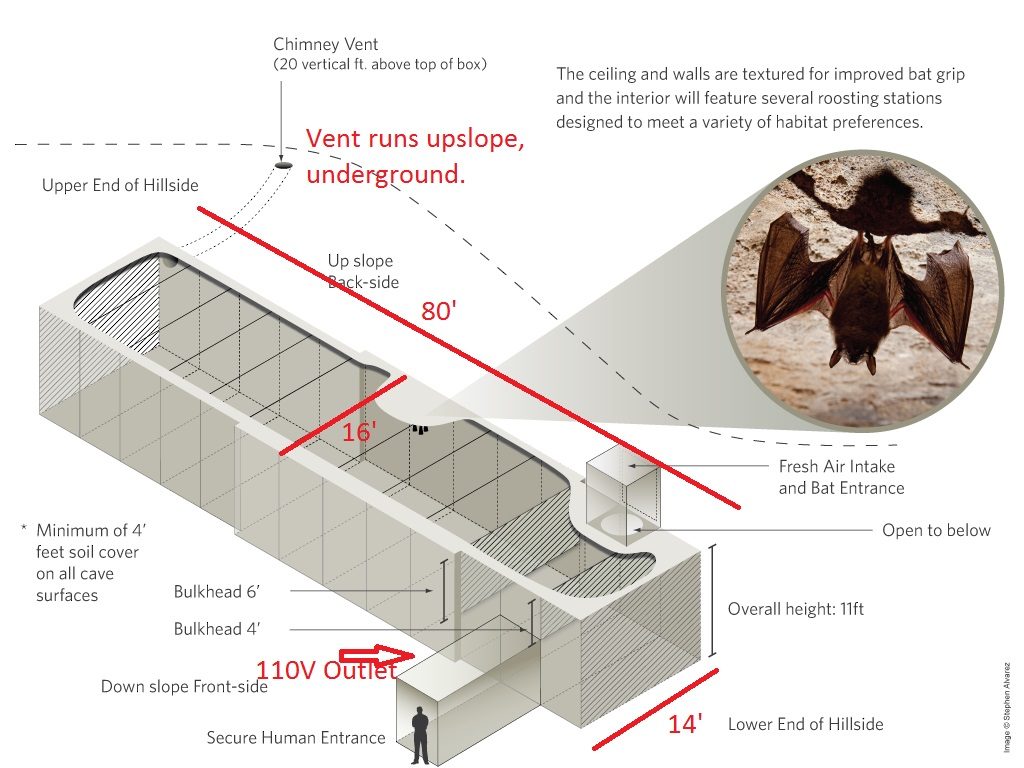
An opening was constructed that permitted bats to freely enter and leave the structure, with hope bats would naturally be attracted to roost in this karst-like environment. This would require environmental conditions to be similar to a natural cave environment, which include cold temperature and high humidity. An issue faced early on in development was the humidity may be too low.
I was brought on to develop a humidification system. My solution involved implementing humidity and temperature sensors throughout the length of the cave and a 300-PSI misting system that would maintain a minimum humidity of 85%. This was achieved with PID-control using the Mycodo software I developed. I oversaw a year of this system’s operation, where humidity was successfully maintained at or above 85%.

